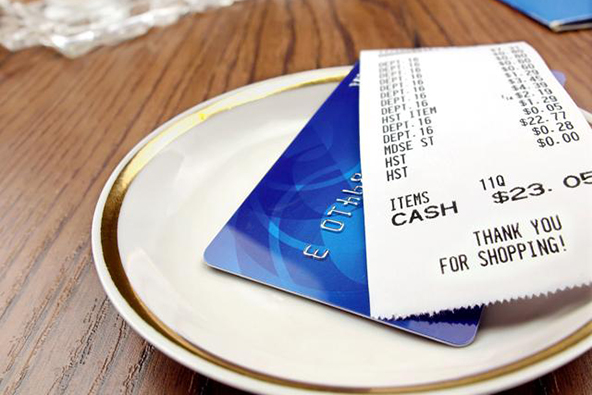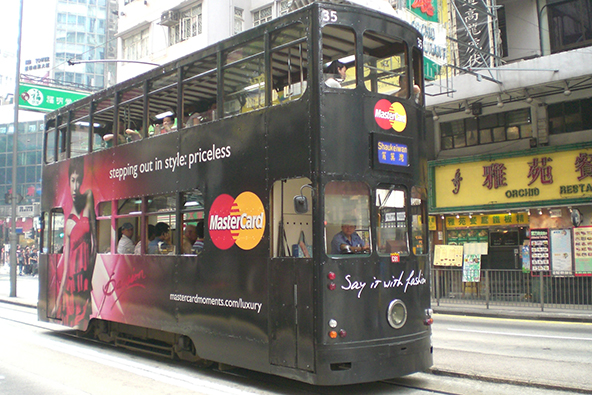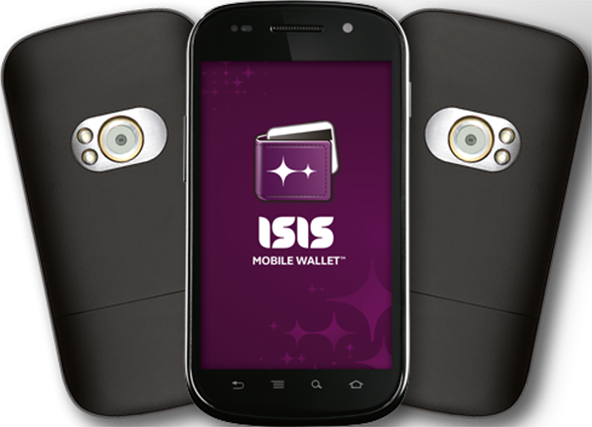Basic Prepaid Card Transaction Features You Need to Know

Prepaid is the fastest-growing non-cash payment method in the U.S. The aggregate number of prepaid transactions grew at a compound annual growth rate (CAGR) of 21.5 percent between 2006 and 2009, while the volume grew at a CAGR of 22.9 percent for the period, according to data from the Federal Reserve. There are substantial differences in the forecasts released by various organizations on the future growth of prepaid, but what they all agree on is that the pace will remain very fast.
With prepaid volumes on the rise, it is important that you are able to recognize prepaid cards and know how to handle them at the checkout. In this post I will review the basics of the prepaid card acceptance process.
Prepaid Card Transaction Basics
There are several different prepaid card types, including gift, rebate, promotion and incentive cards. All of them share some similarities with both debit and credit cards, but they also have some significant differences. Listed below are the basic prepaid card transaction features that you need to understand:
- Card balance. You need to know the card balance to speed up the checkout process. Ask your customer for the exact balance on the prepaid card before processing the transaction. Often, the cardholder will not know the exact balance. If that is the case and you can do a balance inquiry, tell the customer the card balance.
If the customer doesn’t know the balance and you can’t do a balance inquiry, proceed with the transaction. If the balance is sufficient, the transaction will most likely be approved. If it is declined, ask your customer to check the balance with the card issuer. - Balance inquiry. Most merchants now can process balance inquiries. If you still cannot do that, ask your processor how you can have this capability enabled into your merchant account, so that you can process transactions even when the prepaid card balance is insufficient to cover the whole sales amount.
- Split-tender transactions. If the sale’s amount is greater than the remaining balance on the card, your customer will need to use a second form of payment — cash, check or another card — to cover the difference. This is known as a split-tender transaction.
- Selecting the “Credit” option. Ask your customer to push “Credit” on the keypad and sign the receipt. Although it may say “debit” on the front of the card, prepaid cards typically do not come with a PIN and the sale will be declined if the customer selects “debit” and attempts to enter a PIN.
- Processing credit transactions. If a refund needs to be applied to a prepaid card, the cardholder will need to present it to you, which is why you should advise customers to keep their cards and sales receipts in case they need to return items. Refunds can take three to seven business days to be completed.
- Declined transactions. If a transaction is declined, let your customer know and ask for another payment form.
- Voiding transactions. You can void a sale at the cardholder’s request in the same way as you do with any other payment card transaction.
The Takeaway
If you don’t know how to check a card balance, make a balance inquiry or do any of the other actions listed above, ask your processor for help. You may also need to contact your POS terminal’s vendor and request assistance. Your goal should be to be able to process a prepaid transaction just as smoothly as one involving any other card type and there is absolutely no reason why you shouldn’t be.
Image credit: Bit.com.au.


